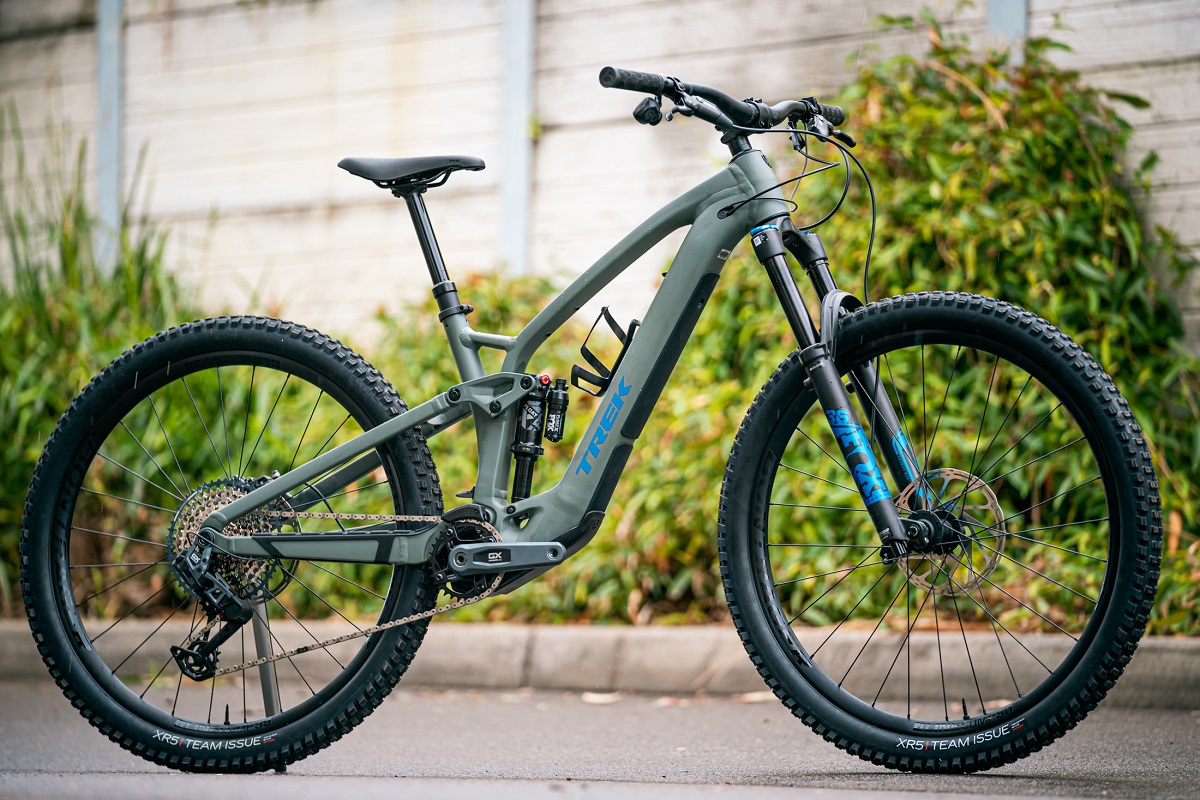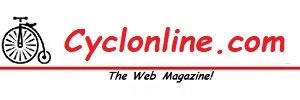
Analysis of Issues and Breakage Cases Related to TQ E-Bike Electric Motors
Analysis of Issues and Breakage Cases Related to TQ E-Bike Electric Motors
TQ electric motors, particularly the HPR50 and HPR120S models, are recognized for their compact design and discreet integration into e-bikes, thanks to the adoption of the Harmonic Pin-Ring transmission. Despite their reputation for quietness and smooth power delivery, like any complex mechanical and electronic component, they can exhibit specific problems and breakage scenarios. This technical article analyzes recurring issues and factors that can contribute to TQ motor failures, based on reports and discussions within technical communities and among users.
TQ Motor Architecture and Potential Critical Points
TQ motors distinguish themselves by using Harmonic Pin-Ring (HPR) transmission, a technology borrowed from high-precision sectors such as robotics and aerospace. This architecture aims to reduce the number of moving parts, friction, and noise compared to traditional geared systems. However, the inherent complexity of HPR technology introduces potential points of vulnerability.
HPR50: Designed for lightweight e-bikes (Light e-MTB, e-road, e-gravel), it focuses on minimizing weight and providing natural assistance.
HPR120S: Intended for more powerful e-bikes, with high torque, such as the Haibike Flyon.
Common Problems and Breakage Scenarios
The issues reported with TQ motors tend to fall into several categories, often interconnected with usage conditions and maintenance.
1. Water, Dust, and Dirt Ingress (Ingress Protection - IP)
One of the most frequently discussed criticisms for e-bike motors in general, and for some TQ models in particular (such as early HPR50 versions), concerns protection against the ingress of external agents.
Cause: Insufficient sealing of certain bearings, especially on the drive side, or the presence of inadequately protected air vents/breathers, can allow water, dust, and mud to penetrate inside the motor unit.
Consequences: The ingress of moisture and debris can cause corrosion of internal components, deterioration of bearings (e.g., the motor shaft bearing on the drive side), and potential short circuits or malfunctions of internal electronics. The result can be grinding noises, loss of assistance, or total motor failure.
2. One-Way Clutch Issues
In some cases, especially for the HPR50 model, problems related to the one-way clutch that connects the crank arm to the motor unit have been reported.
Symptoms: The crank arm spins without resistance and without engaging the chainring, as if the motor's engagement/disengagement mechanism is stuck in the disengaged position. The motor might still function in "walk assist" mode.
Hypothesized Cause: A possible malfunction of the one-way clutch bearing, which fails to properly engage the shaft with the crank. Insufficient tension of the springs that reposition the roller cage, or the influence of very low temperatures affecting internal lubrication, have also been hypothesized.
Consequences: Inability to obtain assistance during pedaling, rendering the bike unusable as an e-bike.
3. Torque Sensor Malfunctions
The torque sensor is a critical component for smooth and natural power delivery. Problems with this sensor can compromise the riding experience.
Symptoms: Incorrect or no power delivery, erratic delivery, or a sensation of "lack" of power. The system might display specific error codes related to the sensor.
Cause: Damage to the torque sensor ribbon cable or internal malfunctions of the sensor itself.
Consequences: Unpredictable motor behavior, reduced assistance effectiveness, or total disablement of assistance.
4. Overheating and Thermal Management Issues
Like all electric motors, TQ motors can also suffer from overheating under extreme usage conditions, such as long, steep climbs with high load.
Symptoms: Temporary reduction in power output or motor shutdown, often indicated by error codes (e.g., ERR 047F DRV HOT).
Cause: Excessive thermal stress due to prolonged high-power use or hot ambient conditions.
Consequences: Motor protection through reduced assistance to prevent permanent damage. If thermal management is not optimal or the cooling system becomes obstructed (in the case of the HPR120S with its fins), the risk of internal component degradation increases.
5. Electronic and Connectivity Issues
The complexity of e-bike systems includes a network of sensors and electronic connections that can be subject to problems.
Symptoms: Communication errors between the motor, battery, and display; inability to connect the TQ app; display of generic error codes (e.g., related to the battery, such as ERR 4410 BATT HW for excessive cell differences).
Cause: Loose or damaged connections, missing or incorrect software updates, or internal hardware malfunctions of the circuits.
Consequences: Intermittent or no operation of the electrical system, inability to monitor data or customize settings.
Considerations on Repairability and Maintenance
The integrated and compact nature of TQ motors, while advantageous in terms of design and riding feel, can make diagnosis and repair more complex.
Repair vs. Replacement: Often, in the event of significant failures, e-bike manufacturers or authorized service centers may opt to replace the entire motor unit rather than perform component-level repairs, due to the complexity of assembly and the need for specialized tools.
Preventive Maintenance: Although TQ motors are designed to be robust, attention to cleaning (avoiding high-pressure water jets directly on the motor), periodic checking of connections, and timely resolution of unusual noises or behaviors can help extend the motor's operational life.
Conclusion
TQ motors, with their HPR technology, offer a distinctive riding experience, valued for its naturalness and quietness. However, like all e-bike electric motors, they can present issues primarily related to environmental factors (ingress), mechanical wear of specific components (clutch, bearings), and electronic/sensor malfunctions. Understanding these cases is crucial for users and retailers for effective management of potential problems, prioritizing, when possible, preventive maintenance and relying on qualified service centers for specific interventions.
